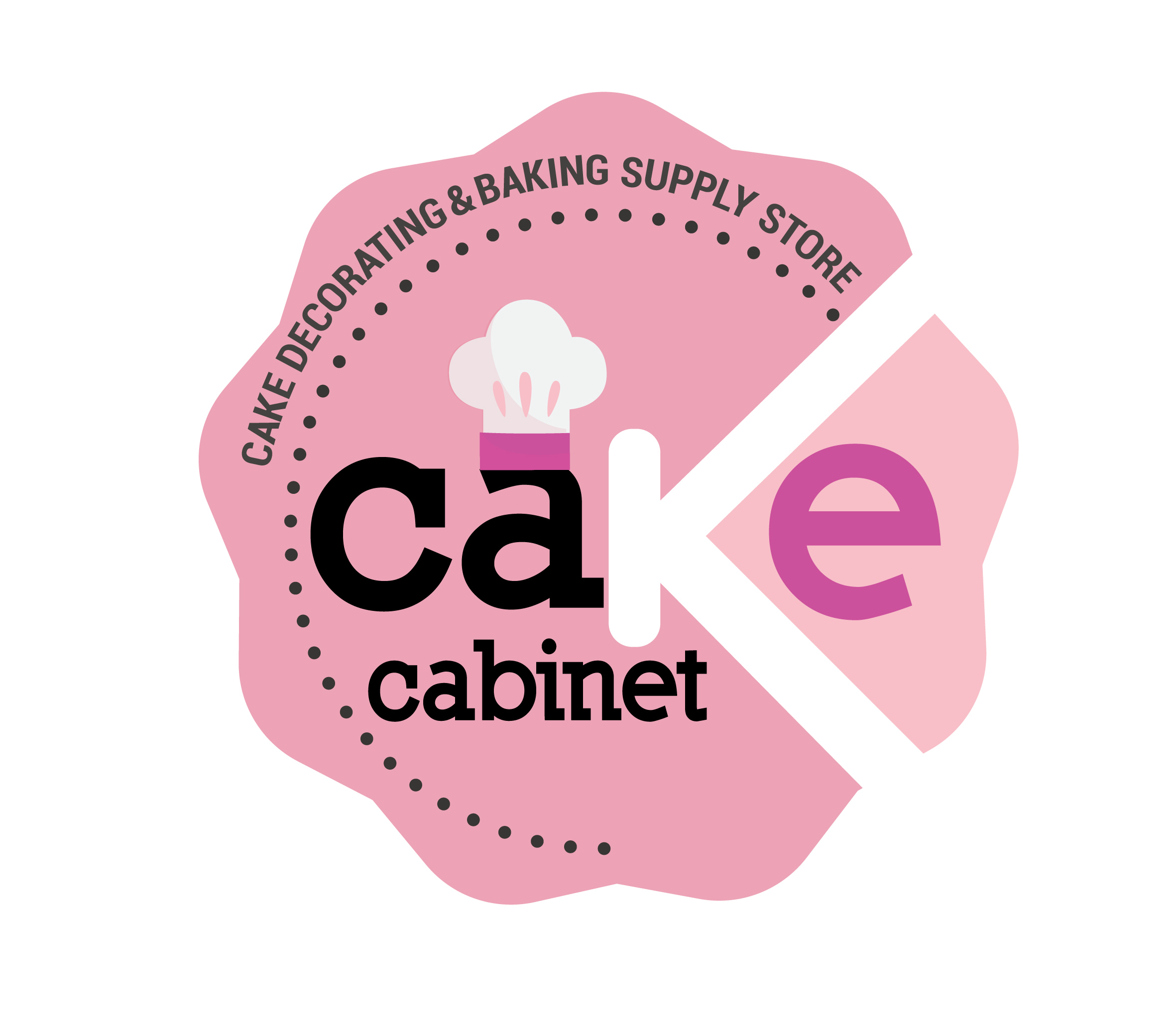Cake Decorating in Hot Weather

Being a cake decorator in the summer brings its challenges, buttercream seems to have a mind of its own, sugarpaste turns too soft, air bubbles appear from nowhere on your decorated cakes, decorations wilt and slide off, cupcake swirls collapse, and everything gets super sticky, including yourself!
However, it is still possible to enjoy cake decorating during the hottest of days; we have some helpful tips to get you through those days!
Helpful tips:
- If you know the temperature will be over at least 30 degrees, you can start as early in the morning as possible. Or later in the evening when it is cooler.
- Bake your cakes first as when you make the buttercream and work with sugarpaste; you don't want the area to be too hot.
- Stabilise your buttercream by adding Trex (vegetable fat), it doesn't melt as quickly and holds it's shape a bit better.
- You can add some cornstarch to the buttercream before using it to decorate the cake. About two tablespoons make it a bit sturdier, which will help it in the heat.
- Powdered milk or melted marshmallows when added to the frosting and mixed thoroughly, adds stability plus extra flavour. Or you can add meringue powder, gelatine or instant-pudding powder.
- Fit black-out blinds in your kitchen, relatively inexpensive and keeps the heat out.
- For a professional cake maker, a de-humidifier or portable air conditioning could be a good investment. Make sure it is good quality, movable, proper A/C units (not fans, as they circulate the same air which then turns into heat)
- It's better to have an air-conditioned kitchen with closed windows than a standard kitchen with open windows as that introduces more humidity.
- Be organised and make sure everything is ready and prepared, reduces faffing time, also don't handle piping bags filled with buttercream too much, this causes it to become too soft.
- Sugarpaste has lower fat content than buttercream, plus its often stabilised by gelatine, so it tends to hold up best in the heat.
- Avoid supermarket sugarpastes – they are designed to be used by occasional cake makers, so they have a much higher moisture content to make them easier to use straight from the pack.
- You will still need to knead your sugarpaste, pop it into the fridge for 15 minutes before using.
- If your hands are too warm, wrap a damp cloth around them, or hold your hands under cold water for approximately 2 minutes and dry thoroughly before touching the sugarpaste.
- Once your cake is covered and smoothed, leave it alone! DO NOT TOUCH IT! The more you handle it, the more creasing will occur.
- If you notice air bubble, poke it gently with a scriber tool. Push the air out and smooth it with a smoother.
- Don't put it the cake in the fridge. That initial 15 minutes of cooling your sugarpaste were ideal, but if you put the cake in the fridge, you could face significant problems when you take it back out, and it is re-introduced to the warmer, more humid air.
- Storing a covered (and possibly decorated) cake is the next challenge – again, air conditioning is the ideal solution, but a cool, dark room is the next best choice. Keep the cake loosely covered (e.g. in a cake box) and keep the room ventilated.
- Let's face it; cream cheese frosting is a no-no in the heat! It's soft as it is, imagine it on a scorching day, it will turn into milk! DO NOT RISK IT! American buttercream is a saviour during the heat. Be careful when colouring buttercream, as the colour can also bleed out.
- Keeping times will reduce during the warmer months, if your cake lasts for three days, it will most likely only last for two days.
- Put less frosting in your piping bag and refill frequently, this will stop the buttercream from melting in your hands.
- If your sugarpaste cake looks like it has cracks and elephant skin, this happens if the sugarpaste is too warm and therefore has stretched. You can use a small piece of sugarpaste mixed with drops of water until you get like a gunge consistency. Then, gently paint or pipe on the cake, then wipe over with a dry paintbrush. Leave it overnight, and you won't see the cracked areas.
- Finally, make sure to get any extra slices into the refrigerator or indoors as quickly as you can. The exposed cake fillings will melt rapidly in the heat too. So best to get those delicious cake leftovers to a safe place ASAP!

